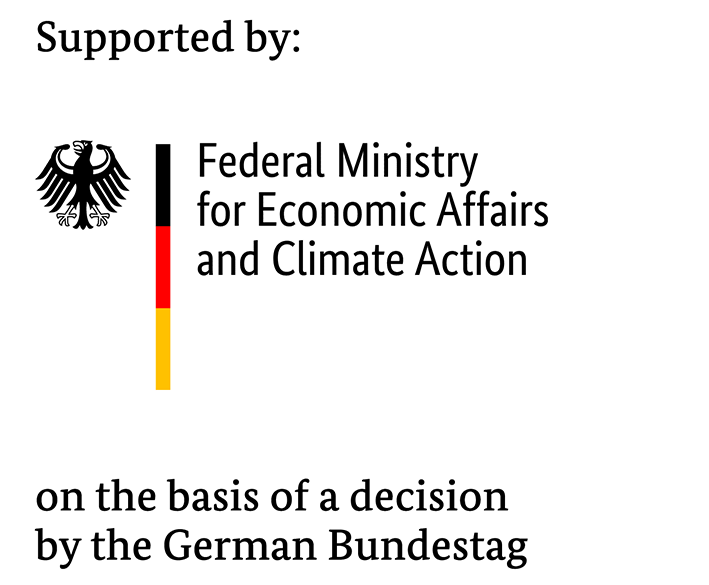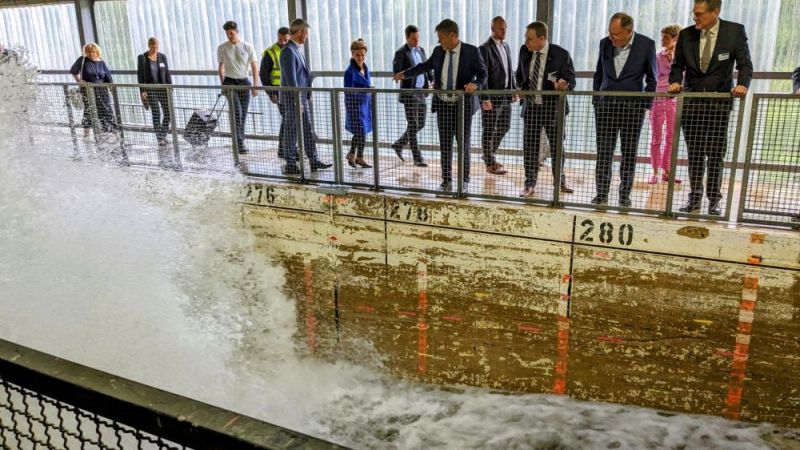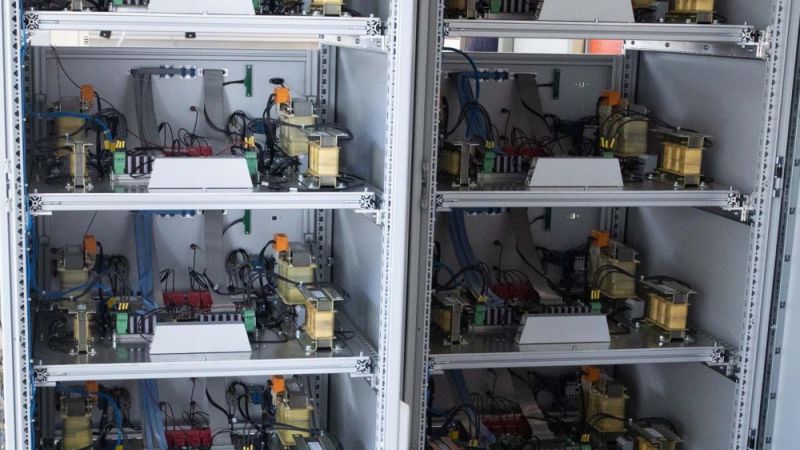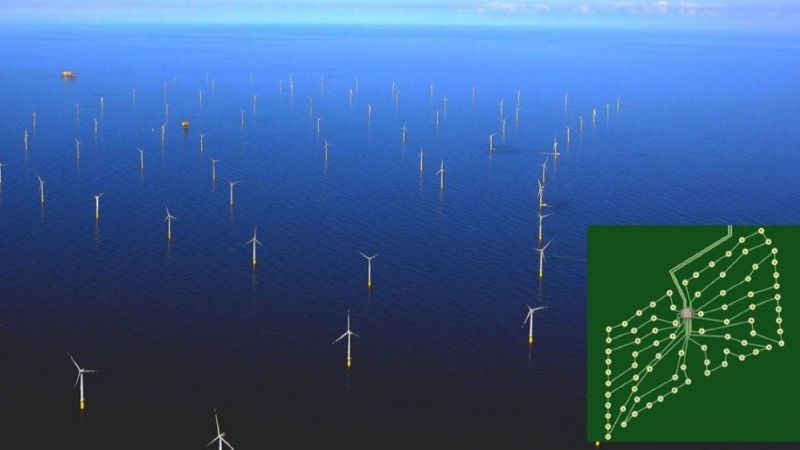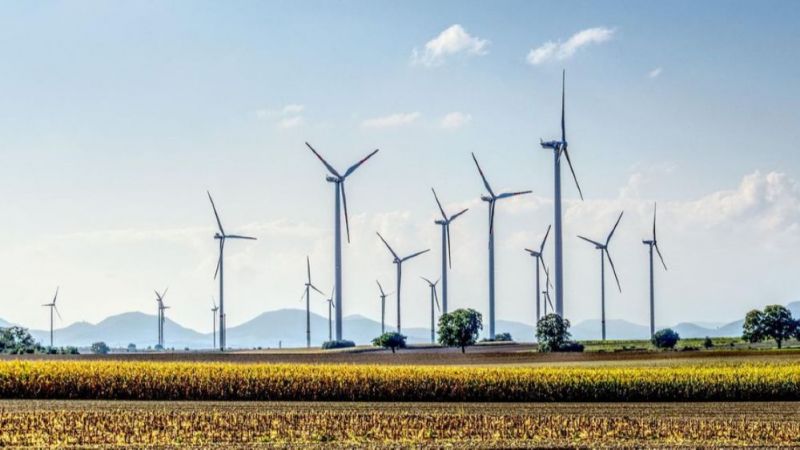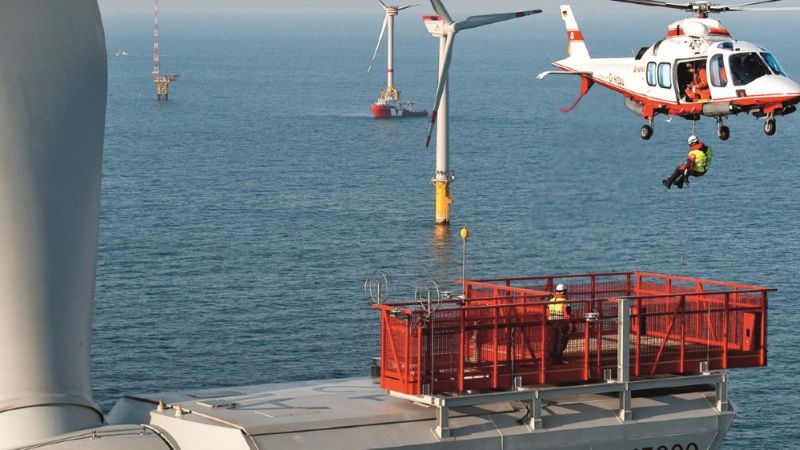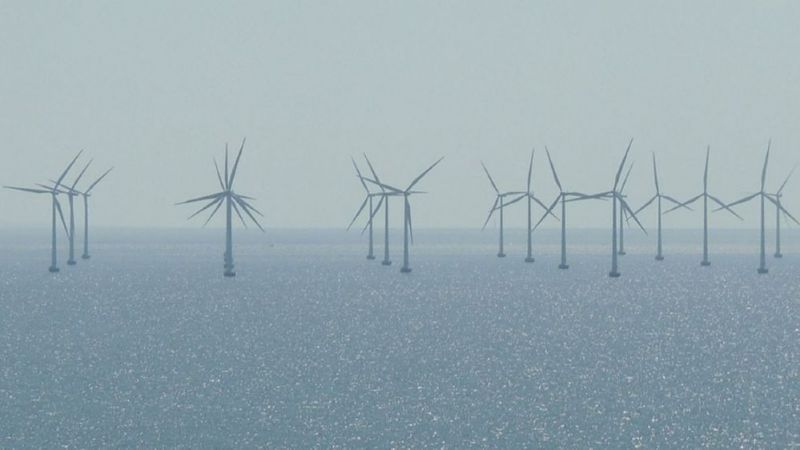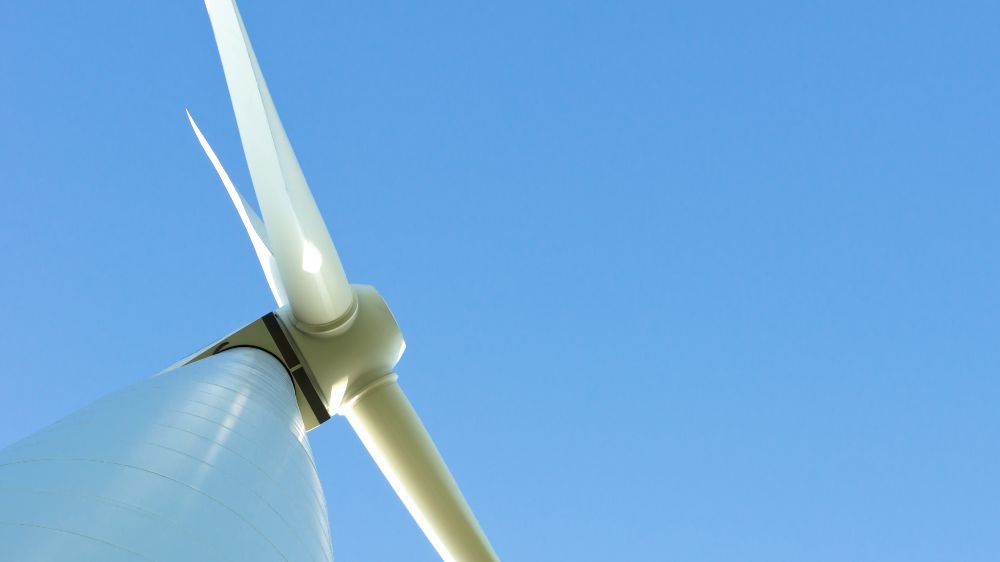
Systems engineering
Aside from the location, systems engineering is decisive for the level of power generation costs. Relevant factors consist of energy conversion efficiency, the manufacturing costs of all components and the overall system as well as the associated operating costs over the entire life cycle of the wind turbine. A holistic approach to plant design is particularly important: The expense of production, operation, dismantling and recycling as well as the integration of the turbines or wind farms into the power grid is to be considered already at the design stage.
System elements ranging from the tower, gears, generator and power electronics to all other mechanical and electrical components can make a significant contribution towards cost reductions and increased reliability. This field still requires specific new developments and advancements. Coupling with systems is to reduce complexity when it comes to the further development of these elements.
Compared to other industries, the wind industry has a low degree of standardisation of components and methods. Greater modularisation and the establishment of standards at numerous stages of the value chain could further reduce costs and increase reliability. For example, durable inverters could increasingly take on grid-supporting tasks in the future.
The rotor already decides whether and how efficiently the wind can be converted into electrical energy. Special attention will therefore continue to be directed at this component in the future. For instance, processes will be developed to industrialise production or reduce noise during operation.
Research funding also focuses on the development and demonstration of innovative new system concepts. Small wind turbines could facilitate reliable and affordable decentralised power generation where isolated grids cannot be connected up. High-altitude wind turbines, in turn, could exploit previously untapped wind energy potential.

